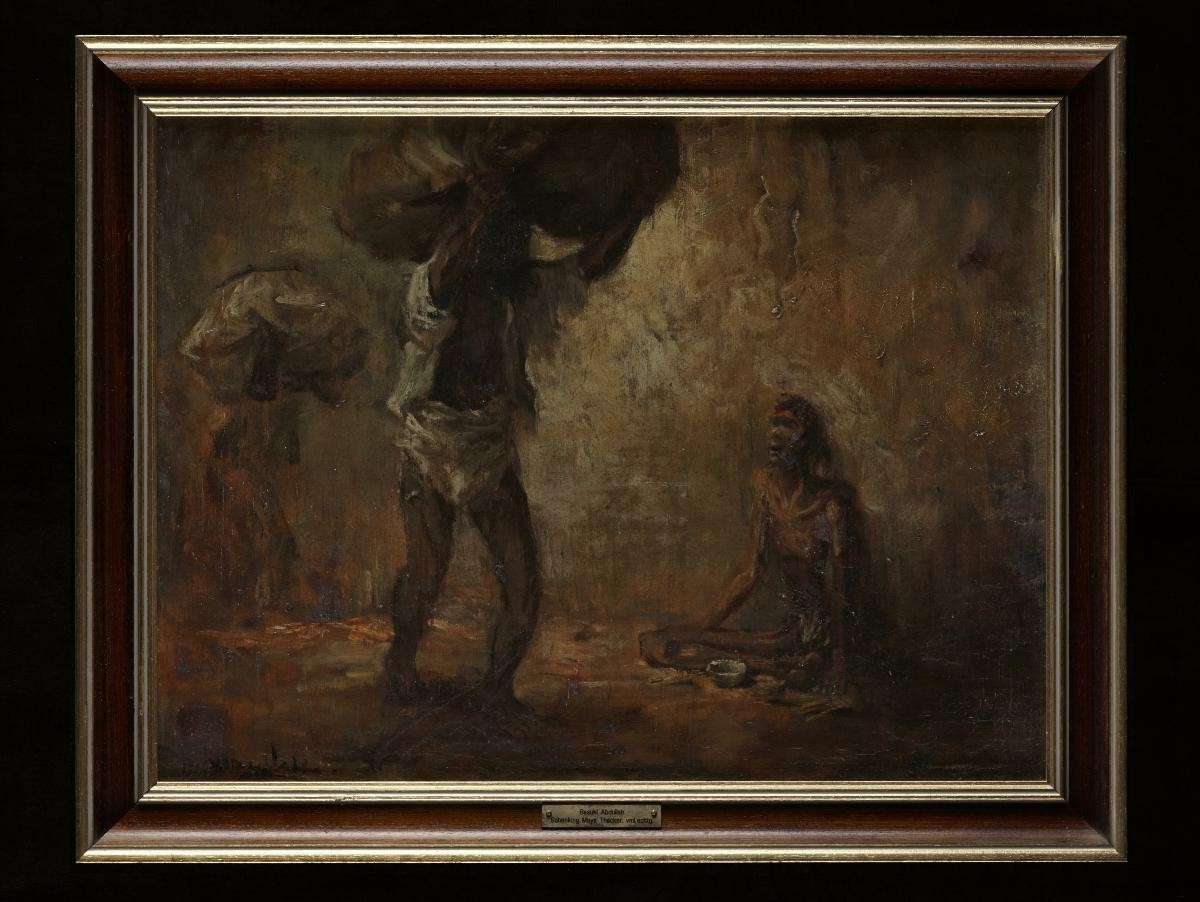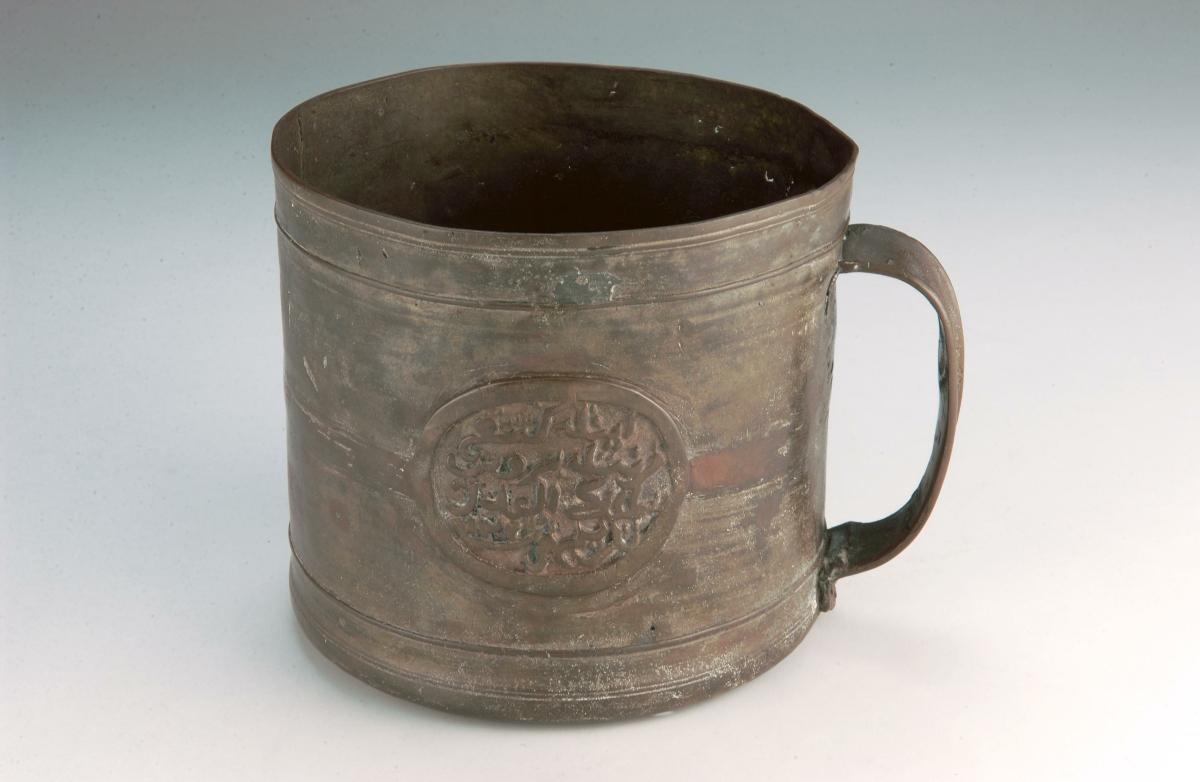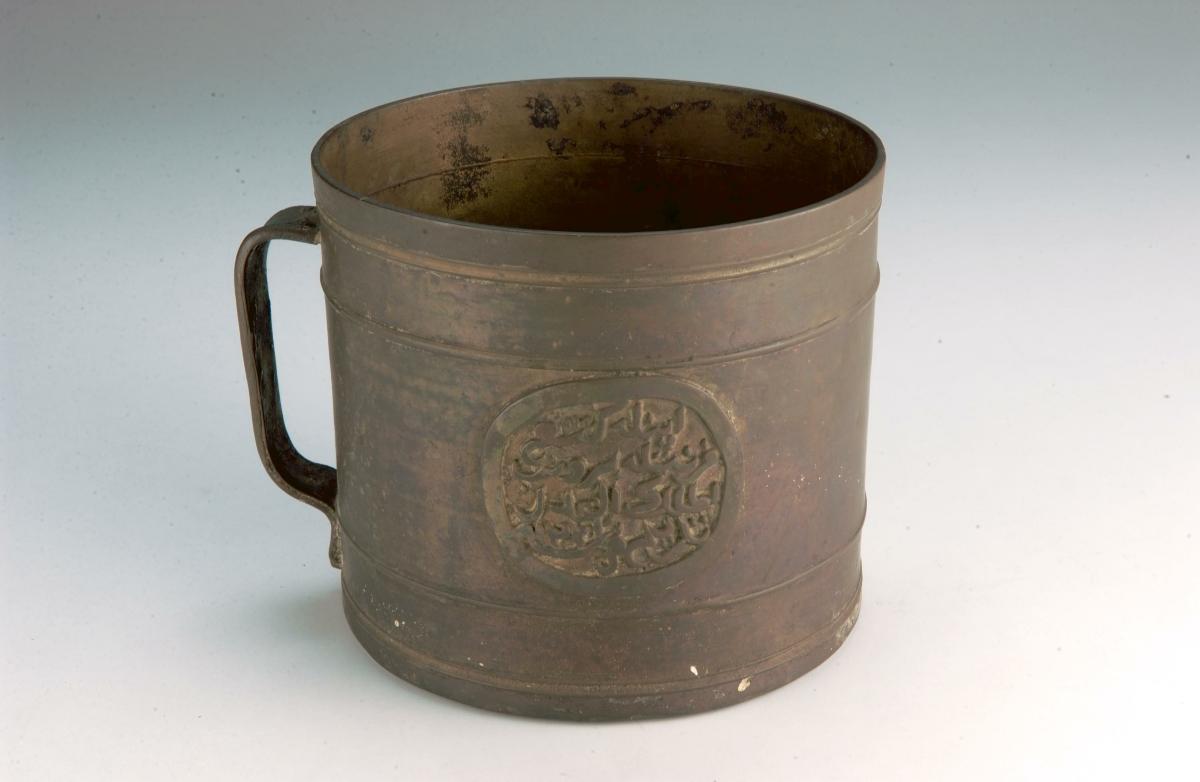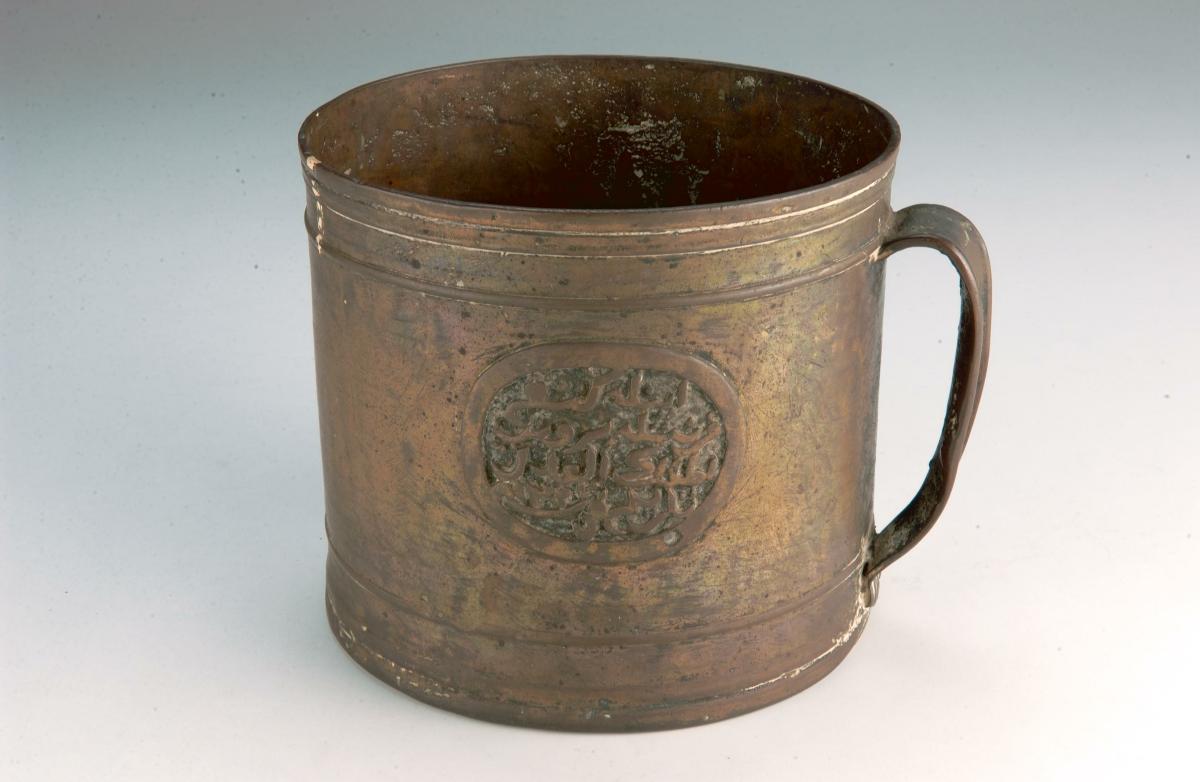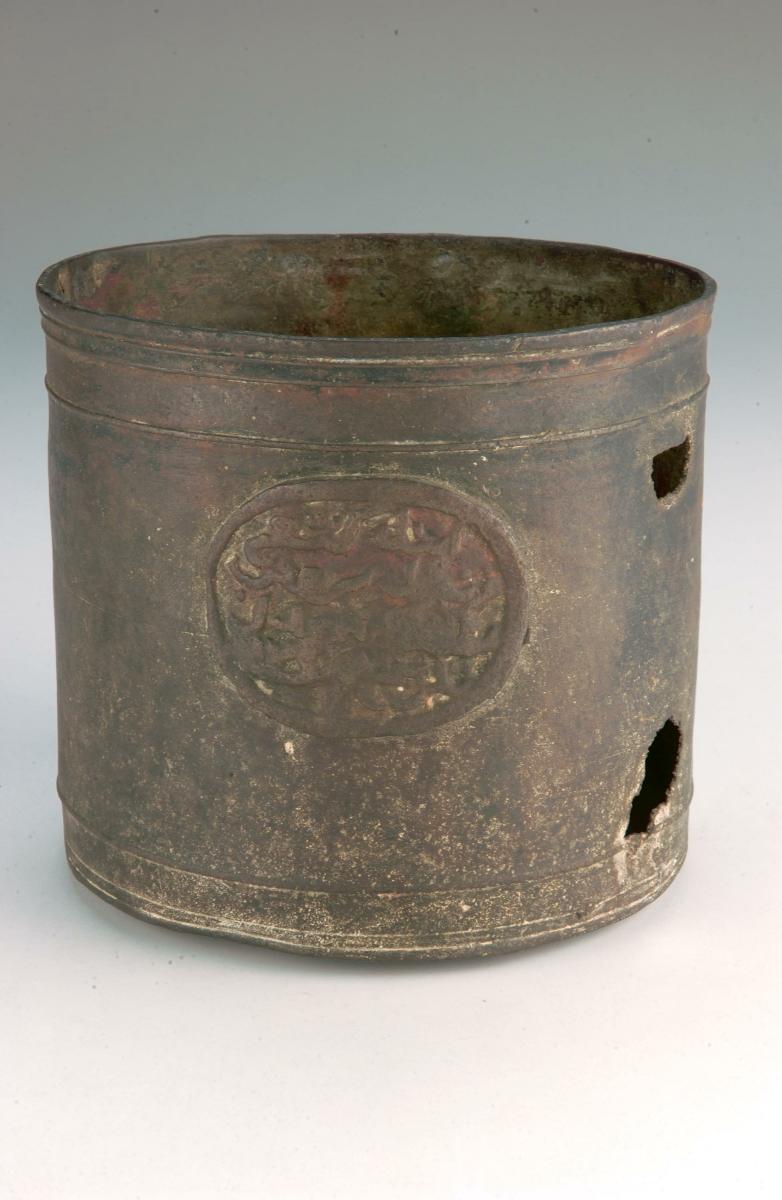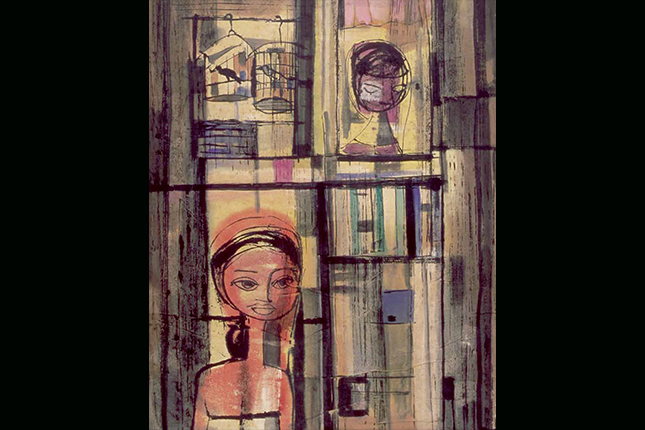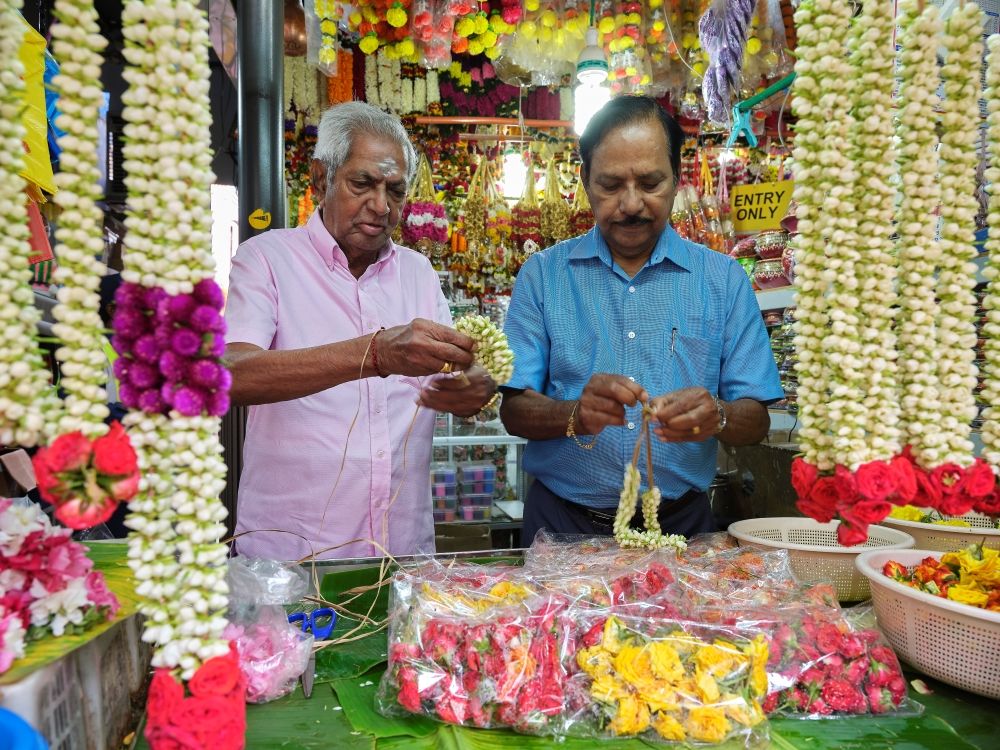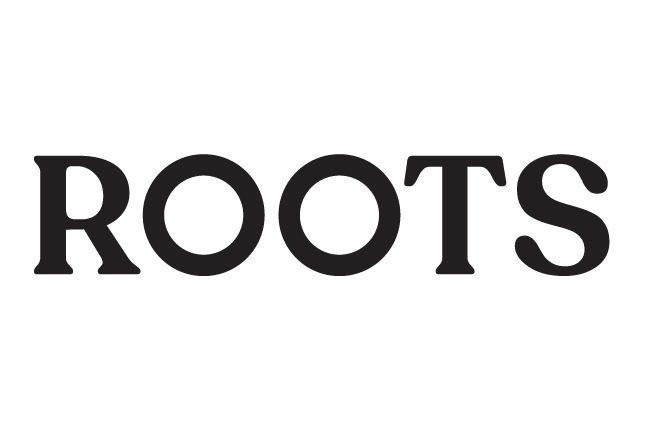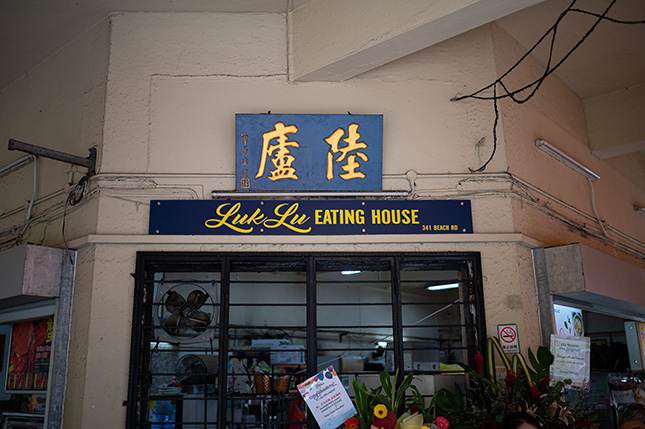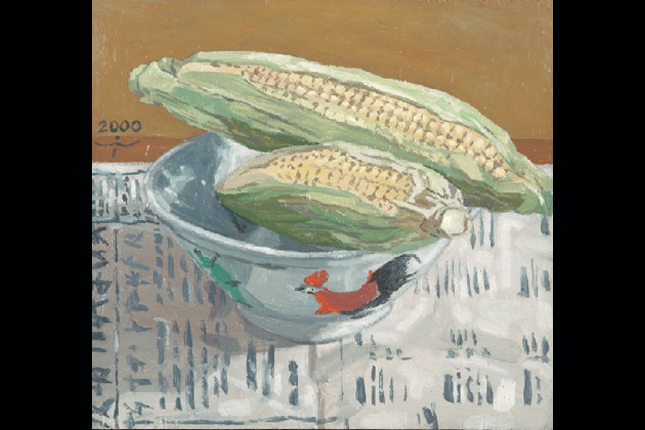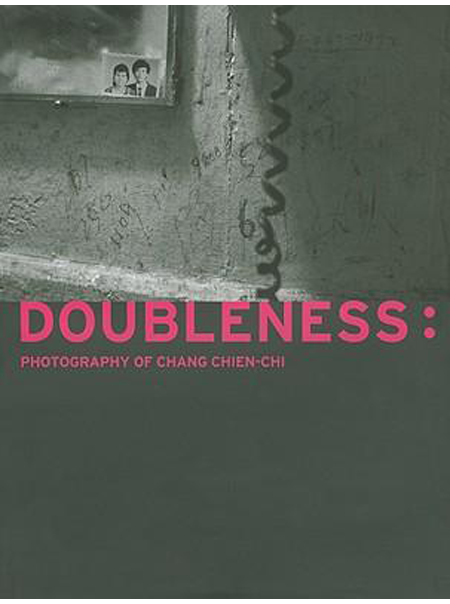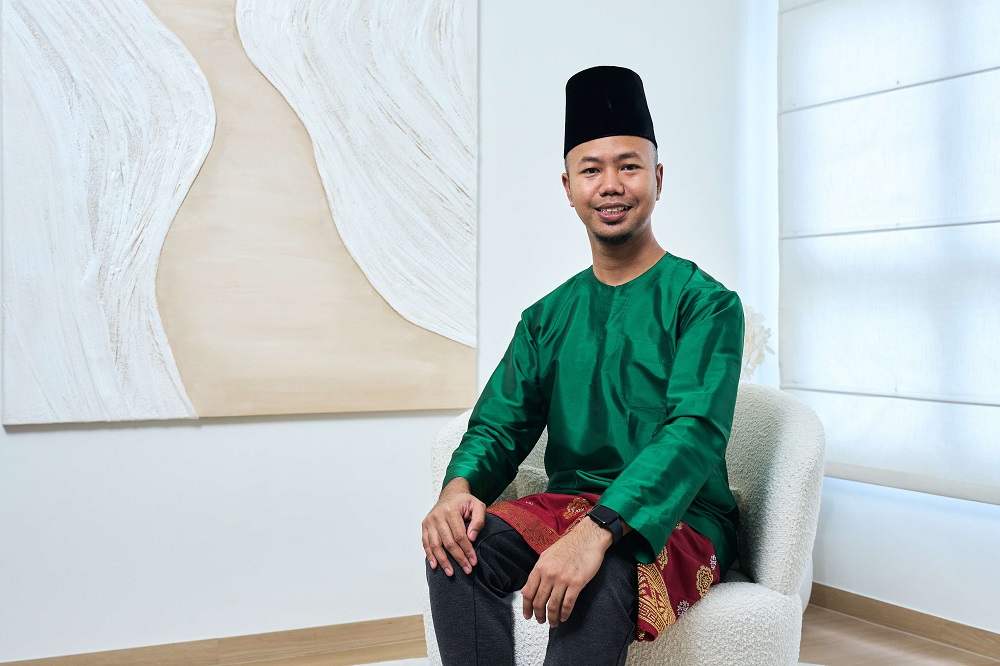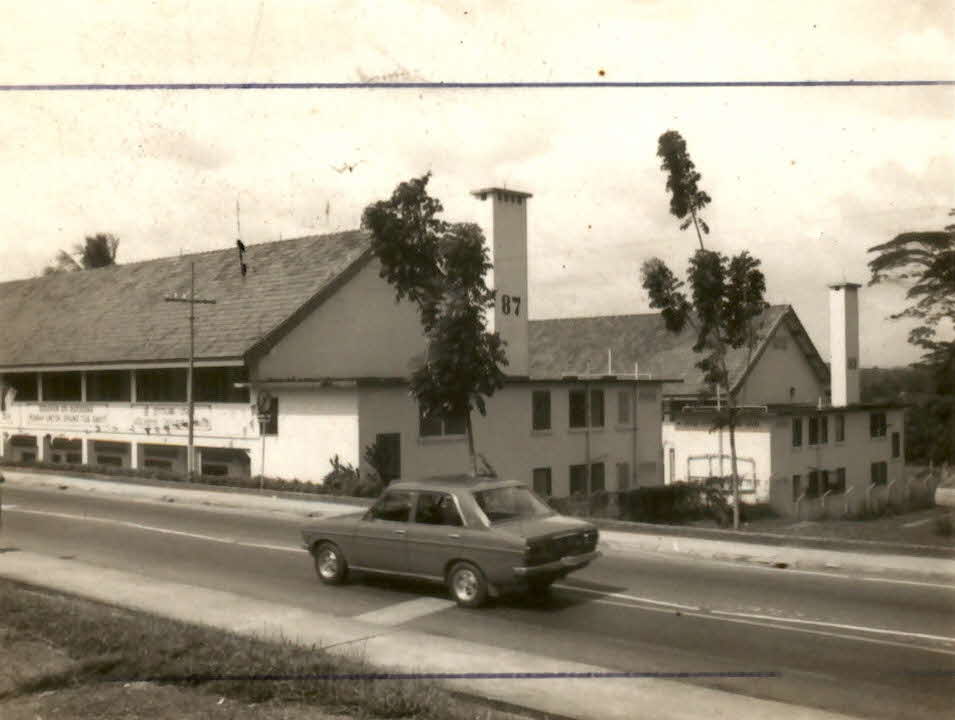Image size: 44.3 x 59.7 cm
Depictions of suffering are rare in Basoeki Abdullah’s oeuvre. Wartime depictions of such subjects are even rarer. Too Much and Too Little Rice is one of few known examples, and stands in contrast to the artist's other works of the 1940s, which include landscapes, portraits, and mythological scenes. The painting's title refers to the double suffering of the depicted figures: forced to carry sacks of rice that are too heavy for them to bear, while being emaciated from under-nourishment. The work displays the artist’s characteristic use of tonal highlights (behind the central figure, and on the lip of the empty rice bowl) which use contrast to create a sense of depth and drama. Born in Solo in central Java, Basoeki Abdullah’s skill in naturalistic representational drawing was noticed from a very young age, including by his father, the renowned painter Abdullah Suryosubroto, known for his work in the “Mooi Indies” genre. In 1933, at the age of 18, he commenced study at the Fine Arts Academy in the Hague, Netherlands. After studying there for 2 years, he continued his studies in Paris and Rome. After his return to Indonesia, from 1939 to 1942 he he held a number of travelling exhibitions throughout Indonesia. During the WW2 period, Basoeki joined the Cultural Center (Pusat Kebudajaan) of the occupying Japanese forces, which was headed by Agus Djaya and Japanese artist Yosioka. Alongside Basoeki, other prominent members included Affandi, Sudjojono, Otto Djaya, Basuki Resobowo, et al. While collaborating with the Japanese authorities, some of these artists also made subversive paintings in the period, demonstrating harsher wartime realities. For example, Affandi submitted a painting of skeletal figures to a Japanese-organised exhibition to stimulate recruitment to the forced labourers building railways in Burma.




